Where Does That Plant Come From? Botany 101
As a seed company we get a lot of plant related questions over the course of the year. Many of these questions are from customers looking for varieties that do not normally grow from seed. To help you understand more about the different type of plants and how they reproduce, we want to give you a quick botany lesson.
Corms, bulbs, rhizomes, tubers, and tuberous roots are the primary food storage organs for the plants which grow from them, as well as the reproductive parts which can be divided or separated.
Here are a few examples-
Bulbs – Amaryllis, Iris, Tulip, Garlic
Corms – Crocus, Gladiolus
Tubers and Tuberous Roots – Cyclamen, Dahlia, Potatoes, Yams, Horseradish
Rhizomes – Canna, Mint, Rhubarb, Hops
Many of these examples are propagated or reproduced by dividing and/or cuttings. This requires the actual shipment of plant material, not seeds. Many varieties will produce seed but are usually grown by dividing or cuttings because it is faster and easier. Garlic can and will produce seed but is a very tedious process. Rosemary and Lavender will also grow from seed but are usually propagated by cuttings for quicker results. Potatoes are always propagated by planting whole or cut tubers, “the eyes” of the potato. They can and will produce potato seed balls but almost never grow true to type. The one famous exception is that of Luther Burbank, where he collected a potato seed ball, planted the seeds and got lucky with a viable new variety of potato, known today as the Burbank or Russet potato.
When you think about fruit trees and grape vines, they are hardly ever started from seed. Many varieties, like the apple, just don’t grow true to form from seed. If you planted all of the seeds from an apple, you would get as many different varieties of new apples as there were seeds that germinated! Thus the fine art of grafting was developed.
Asexual reproduction is the propagation of a plant by cuttings, division, layers, grafts or other vegetative means, rather than by seeds. This process is used to produce plants that will be identical to their parent. This is different than a Biennial plant that takes two growing seasons to complete its life cycle. They bloom and produce seeds in the second season of growth. Almost all Brassicas fall into this category like cabbage, kale, broccoli, cauliflower as well as onions.
So, if you are looking for a specific plant and can’t seem to find seed anywhere for it, than it probably falls into the category of asexual reproduction. To learn more about how and why asexual reproduction is used and the importance of planting breeding over the ages, study many of the early plant breeders.
To learn more about the botany of seeds and plant reproduction we highly recommend Seed to Seed by Suzanne Ashworth. This book will walk you thru each botanical classification and how and if seed is produced, as well as regional planting tips, what needs each species and variety has for vegetable and seed production, germination details and a whole lot more.

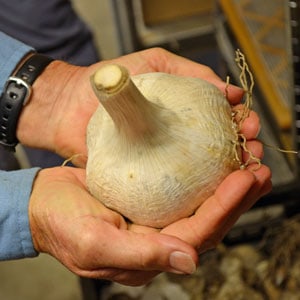

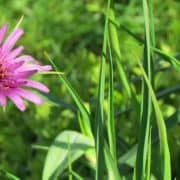

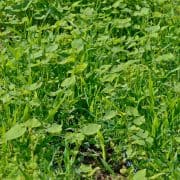
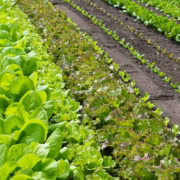
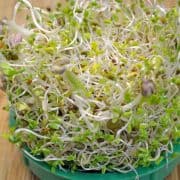
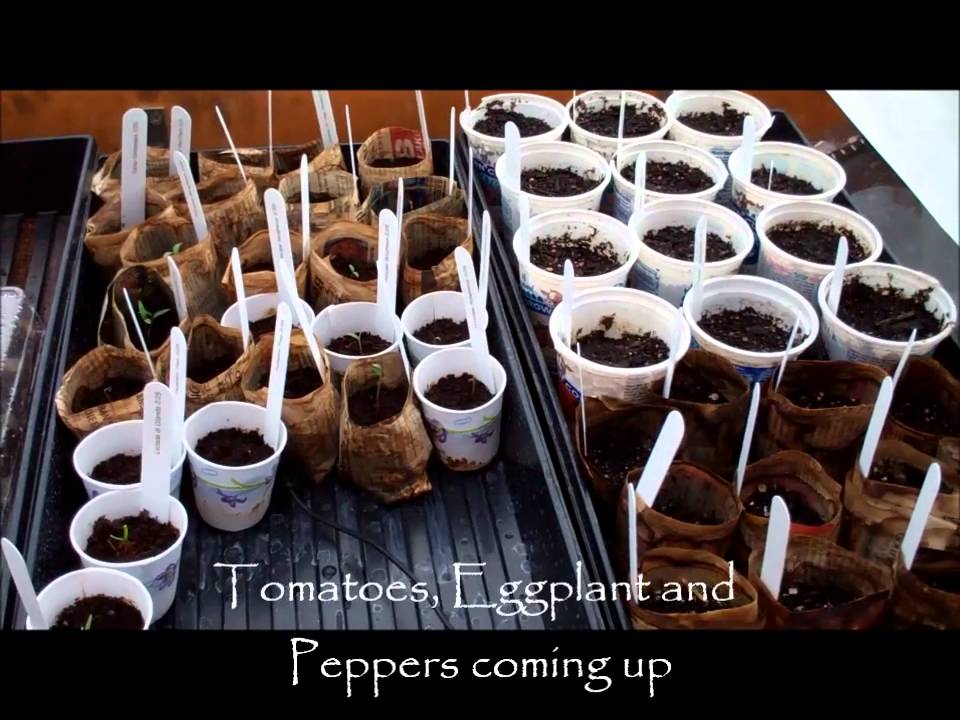
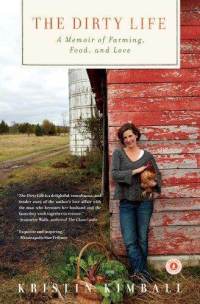
Leave a Reply
Want to join the discussion?Feel free to contribute!